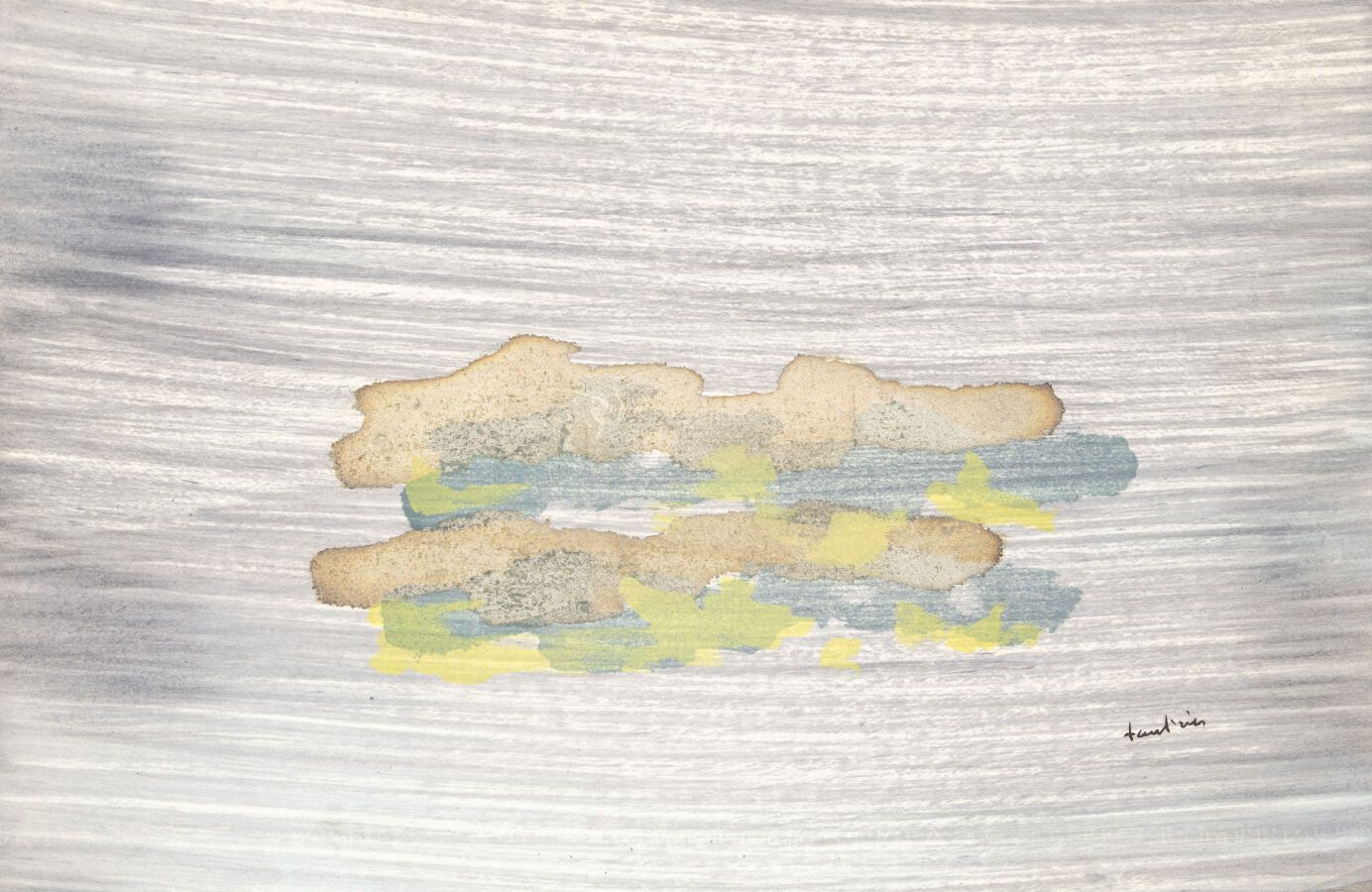Description
Jean FAUTRIER (1898-1964) The clouds, 1964 Lithograph in colors on Montgolfier paper, signed in ink, on the back : stamp of the certificate of authenticity, dated 1964 and delivered to Jean Paulhan 32,5 x 49,5 cm
39
Jean FAUTRIER (1898-1964) The clouds, 1964 Lithograph in colors on Montgolfier paper, signed in ink, on the back : stamp of the certificate of authenticity, dated 1964 and delivered to Jean Paulhan 32,5 x 49,5 cm
You may also like
